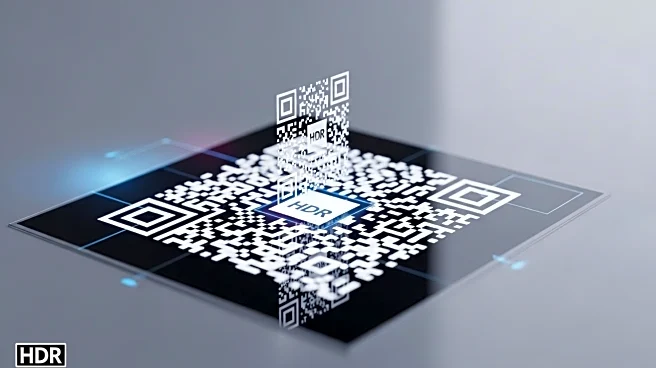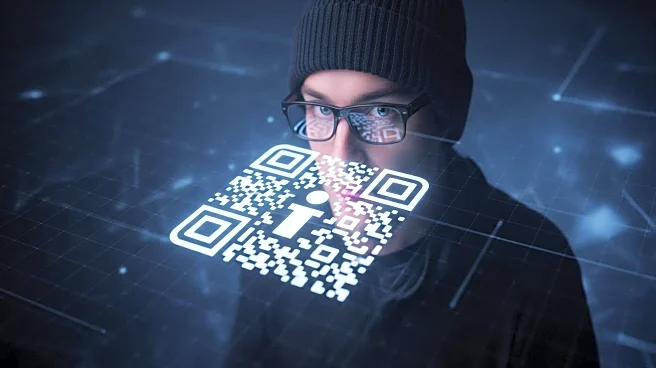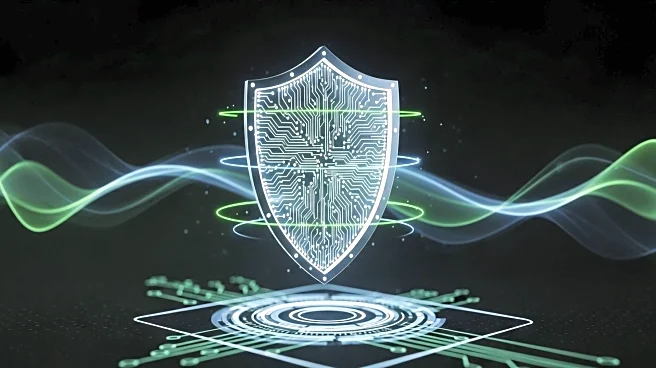What is the story about?
What's Happening?
A malicious npm package named Fezbox has been discovered using QR code steganography to steal user credentials. The package, identified by the Socket Threat Research Team, embeds a payload within a QR code to extract usernames and passwords from web cookies. Once activated, the code transmits the stolen credentials to a remote server. The package was flagged by Socket's AI-based malware scanner and has since been removed from npm following a security team intervention. The incident highlights the growing sophistication of malware techniques in software supply chains.
Why It's Important?
The use of QR code steganography in malware represents a novel and sophisticated method of obfuscation, posing significant challenges for cybersecurity. This technique allows attackers to conceal malicious code within seemingly benign components, making detection more difficult. The incident underscores the importance of robust security measures in software development and distribution, particularly in open-source ecosystems. Organizations must remain vigilant and employ advanced threat detection tools to protect against such innovative attack vectors.
What's Next?
The discovery of this malicious package emphasizes the need for continuous monitoring and security assessments in software supply chains. Developers and organizations are encouraged to implement automated dependency scanning and other security practices to identify and mitigate potential threats. The cybersecurity community will likely focus on developing new strategies to detect and counteract steganographic techniques in malware. As threat actors continue to evolve their methods, collaboration and information sharing among security professionals will be crucial in safeguarding software ecosystems.
AI Generated Content
Do you find this article useful?













